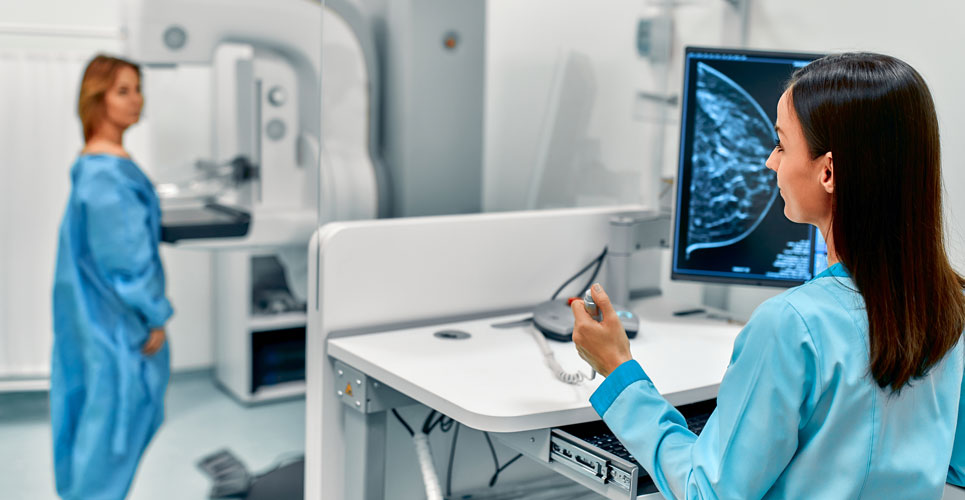Breast cancer scans revealed tumours in 40% of cases without recognised risk factors highlighting the need to scan all eligible women
Breast cancer scans in women with no known risk factors for cancer has identified that around 40% of these women had a tumour, highlighting the need to continue scanning all eligible women. This was the conclusion of a study by researchers from the Sydney School of Public Health, University of Sydney, Australia.
In a 2015 systematic review of the benefits and harms of breast cancer screening, it was concluded that for women of all ages and at average risk, screening was associated with a reduction in breast cancer mortality of approximately 20%. Nevertheless, the use of a risk-stratification approach to breast cancer screening could improve the cost-effectiveness of the process while at the same time, potentially reducing any associated risks. In fact, a 2018 study found that not offering breast cancer screening to women at lower risk could improve the cost-effectiveness of the screening programme, through reducing over diagnosis and maintaining the benefits of screening. However, little is known about the screening outcomes for women without any recognised breast cancer risk factors and who are therefore assumed to be at a lower risk.
For the present study, the Australian team examined the breast cancer scan outcomes for women deemed to be at the lower end of the risk spectrum. They undertook a retrospective analysis of clinical data routinely collected in the BreastScreen Western Australia (BSWA) program and included women aged 40 years and older. Although the program does stratify women in terms of their risk, i.e., those with > 2 affected first-degree relatives etc), women age 40 and over can volunteer to participate, despite not being in the target group. The researchers collected variables such as age, need for repeat scans together with information such as a previous history of breast or ovarian cancer, use of hormone replacement therapy etc. The scans were then categorised as having none of these factors verses at least one factor and age bands of 40 -49, 50 -59, 60 – 69 and > 70 years were created. The outcomes of interest were cancer detection rates at screening (CDR) per 10,000 screens and the interval cancer rates (ICR) per 10,000 women-years.
Breast cancer scans and detection of tumours
A total of 1,026,137 screens were performed including 323,082 in women aged > 40 years, who had a mean age of 58.5 years. Among the total scans, 44.7% of women had at least one risk factor although for 55.3% of screens, the women had none of the recorded risk factors.
In the screens without any risk factors, the CDR was 50 (95% CI 48 – 52) per 10,000 screens and the ICR was 7.9 (95% CI 7.4 – 8.4). Overall, in all of the scans in which cancer was detected, for 40.9% of cases, there were no recognised risk factors present.
The authors concluded that given how many of the scans identified cancers in women without risk factors, their finding did not justify less frequent screening of women without recognised risks.
Citation
Noguchi N et al. Evidence from a BreastScreen cohort does not support a longer inter-screen interval in women who have no conventional risk factors for breast cancer Breast 2022

